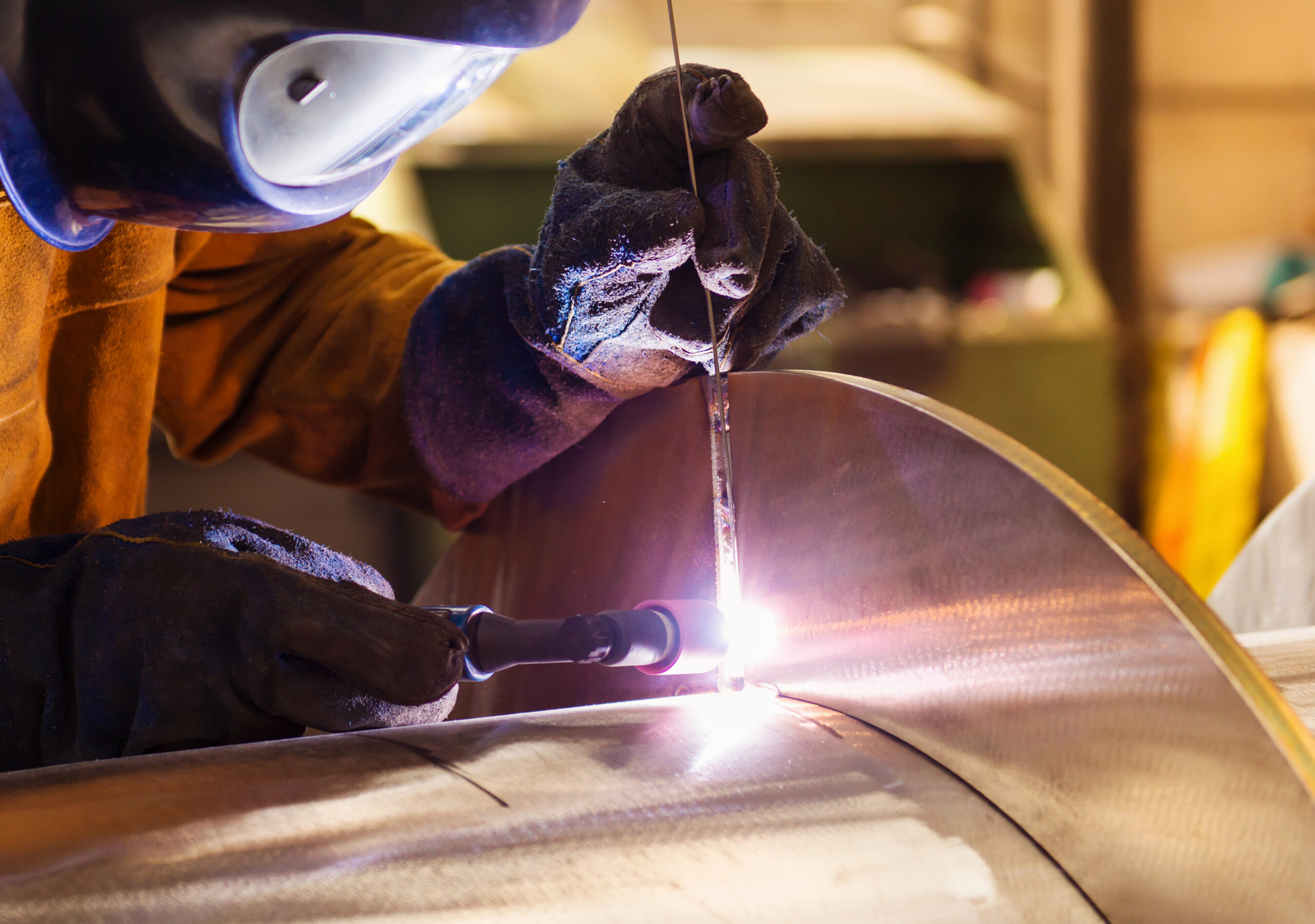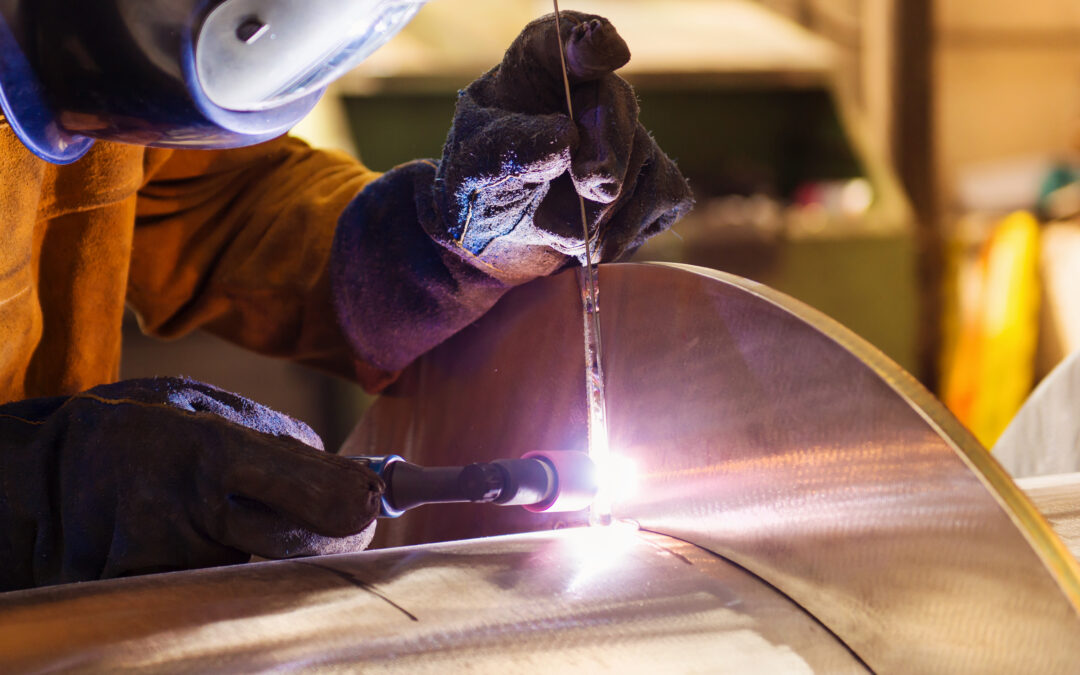## Don’t Wait for the Worst: Proactive Strategies for Effective Disaster Preparedness
In an unpredictable world, the importance of being prepared for disasters cannot be overstated. Whether it’s a natural calamity like a hurricane or man-made emergencies such as power outages, understanding how to effectively prepare can make all the difference when disaster strikes. By taking proactive measures now, you can safeguard yourself and your loved ones in times of crisis.
### Understanding the Risks: Assessing Your Vulnerability
The first step toward effective disaster preparedness is identifying the specific risks that could impact your area. This requires a thorough assessment of your environment. Are you living in a flood-prone zone? Is there a history of wildfires nearby? Perhaps severe storms are commonplace during certain months? Engaging local resources—such as weather services and community safety organizations—can provide valuable insights into potential hazards.
Once you’ve pinpointed these risks, evaluate your personal vulnerabilities. Consider factors like age, mobility, and health conditions within your household. Knowing who may need extra assistance during an emergency helps tailor your preparedness efforts to ensure everyone remains safe and informed.
### Building Your Emergency Kit: Essentials and Extras
An emergency kit is more than just a box of supplies; it’s a lifeline during chaotic times. Start by gathering essential items that will sustain you and your family for at least 72 hours. Water (one gallon per person per day), non-perishable food items, a flashlight with extra batteries, a first aid kit, and important documents should fill this crucial pack.
Beyond the basics, think about what extras might enhance your comfort or safety in case of extended emergencies. Consider adding multi-tools for repairs, personal hygiene products to maintain cleanliness, or even entertainment options like books or games to ease stress during prolonged periods without power. Tailor this kit to fit the unique needs of each family member—don’t forget medications or baby supplies!

### Creating a Comprehensive Emergency Plan: Communication and Evacuation Strategies
Having an emergency plan is vital for ensuring everyone knows what to do when disaster strikes. Begin by discussing potential scenarios with your family members so they understand their roles. Identify primary evacuation routes from home and designate meeting points where everyone can gather if separated.
Thank you for reading this post, don't forget to subscribe NOW for FREE!
Communication becomes paramount during crises; establish reliable ways to stay connected—even if phone lines go down. Designate an out-of-area contact whom family members can reach if local communication fails. Regularly practice these plans through drills so that every individual feels confident about what steps to take when faced with adversity.

### Community Connections: The Power of Collaboration in Crisis Situations
Finally, never underestimate the strength found in community connections during emergencies. Build relationships with neighbors; share resources and information regarding local disaster response networks or volunteer opportunities within your area’s support systems.
Participating in community preparedness workshops fosters collaboration among residents while providing access to additional expert knowledge on surviving various situations together—a crucial advantage when external help may take longer than expected.
In conclusion, don’t wait until disaster looms on the horizon; begin implementing these strategies today! By understanding risks specific to your location, equipping yourself with essential supplies, crafting effective communication plans, and connecting with fellow community members—you will significantly enhance both individual readiness and collective resilience against any unforeseen challenges ahead!






